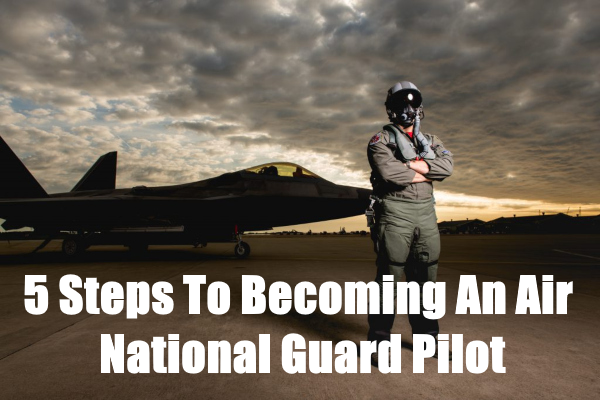The Air National Guard (ANG) has a dual role within the United States.
First, the Air National Guard operates under the U.S. Air Force as a federal form of defense.
Secondly, each state has its own militia (including the Air Guard), which the governor may call upon for its services.
For this reason, the Air National Guard is different from the traditional active duty service within the United States Air Force.
What does it take to become a pilot in the Air National Guard?
Learn more in our complete guide below.
Jump To A Section
Step 1: Meet the Requirements
Step 2: Put Together an Application Packet
Step 3: Find a Unit and Start Rushing / Applying
Step 4: Applying to Units
Step 5: Prep for the Interview
Step 1: Meet the Requirements
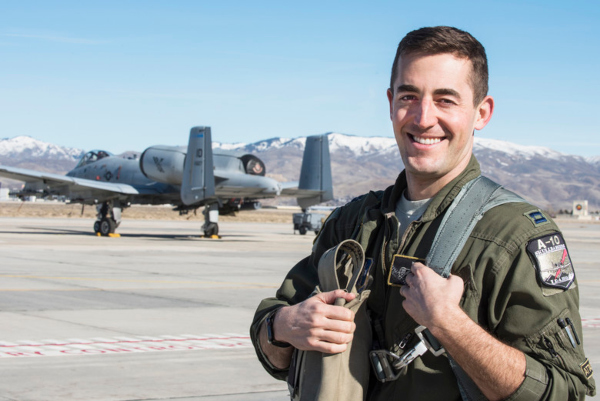
The Air National Guard (ANG) operates within all 50 states of the country, as well as Puerto Rico, Guam, the U.S. Virgin Islands, and the District of Columbia.
Each wing of the Air Guard has exclusive aircraft or aircraft that is shared with a unit of the Regular U.S. Air Force.
Consequently, the Air National Guard needs highly trained and skilled pilots like the regular Air Force branch.
The U.S. Air Guard has requirements you need to meet to qualify to become a pilot.
Pilot training slots in the Air Guard are not easy to earn as the program is competitive.
Generally speaking, the Air Guard only opens a couple of slots every year for prospective pilots from each unit.
The U.S. ANG has the following minimum requirements for Undergraduate Pilot Training (UPT):
- Between the ages of 17-30.
- A citizen of the United States.
- Received a 4-year college degree or at least 90 credit hours completed.
- Pass a medical exam that confirms you are in good overall health.
- Possess upstanding moral character.
- Capable of obtaining a Top Secret military clearance.
While it is not mandatory that you have previous flying experience, it will go a long way in helping you get accepted to the competitive training program.
There are only a couple of available slots every year in each unit, so having a private pilot’s license will definitely give you a ‘leg up’ on the competition.
It’s also important to make sure you have a college degree (or 90 completed credit hours) before being sent to Air Force Officer Training School (OTS) for officer commissioning.
The Air National Guard does not accept anyone for the pilot program past the age of 30, and it takes at least a year to complete training.
Therefore, you should ideally enter Air Force Undergraduate Pilot Training (UPT) before your 29th birthday.
Related Article – Navy Pilot Requirements: 11 Steps To Becoming A Naval Aviator
Air Force Undergraduate Pilot Training (UPT)
The United States Air National Guard requires you to take the following exams:
- Air Force Officer Qualifying Test (AFOQT)
- Test of Basic Aviation Skills (TBAS)
The Air Force Officer Qualifying Test (AFOQT) requires an acceptable score for ANG pilot or navigator training.
The AFOQT is comparable to the Scholastic Aptitude Test (SAT) and requires you to set aside time to study, just like the SAT.
The higher the score, the better your odds of getting accepted to the program.
Keep in mind that there is a half-year waiting period before you can retest and you can only take the AFOQT twice (the last score is the one that counts).
Secondly, prospective ANG pilots must complete the Test of Basic Aviation Skills (TBAS).
Unlike the other exam, the TBAS is not something you can study for as it deals with flight simulation.
However, you may retake the TBAS once like the AFOQT.
The test results from your AFOQT and TBAS (along with your recorded flight hours) create a Pilot Candidate Selection Method (PCSM) number.
The number is critical because it indicates in a percentile how likely you’ll succeed in pilot training, which is instrumental in helping the Air National Guard select candidates for the highly competitive program.
Related Article – Air Force Grooming Standards: Haircuts, Mustaches, Beards, And More
Step 2: Put Together an Application Packet
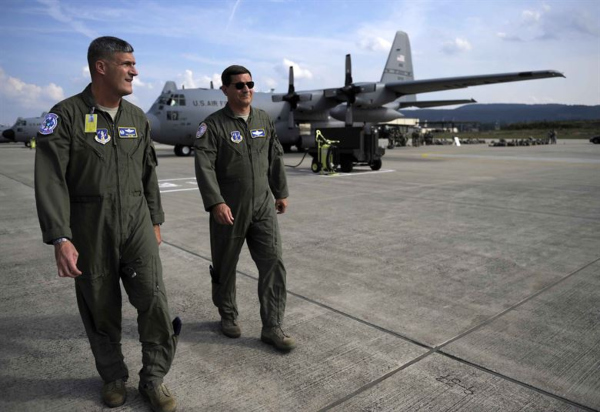
Once you verify that you meet all the basic requirements for Air Force Undergraduate Pilot Training (UPT), it’s time to focus on the application packet.
Before you rush off to submit the application packet to prospective wings of the Air National Guard, make sure you have everything:
- Cover Letter
- Resume
- College Transcripts
- AFOQT Scores
- TBAS Scores
- PCSM Scores
- Letters of Recommendation
- Copy of Pilot’s License (if applicable)
- Most Recent OPR/EPRs for those currently serving in the US Armed Forces
You’ll also need to include a copy of the most recent logbook from your flying record (if applicable).
Some ANG units also require you to submit a current photograph of yourself.
If you do include letters of recommendation, try not to include more than 3 letters.
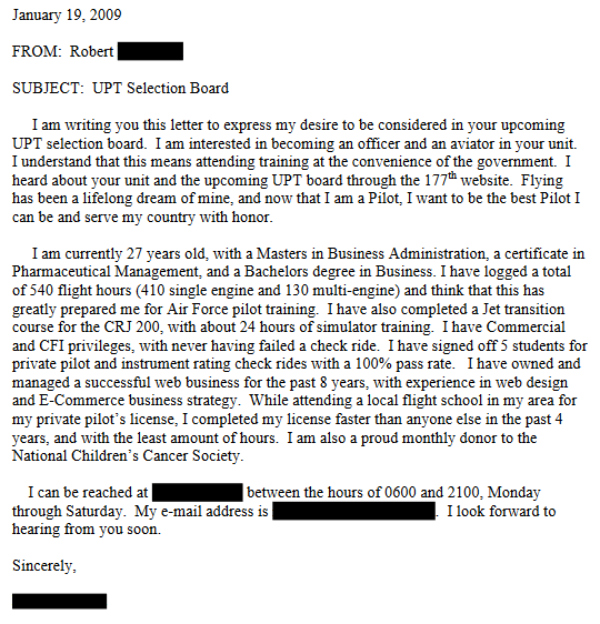
As we mentioned previously, it’s important to keep in mind that the Air National Guard only selects 1-2 pilot candidates for each unit, every year.
Consequently, perseverance and dedication are crucial to landing a spot in any given National Guard unit.
National Guard units have a window of time where they accept pilot training applications each year.
Generally speaking, the open window for applicants is around 2-6 months before interviews.
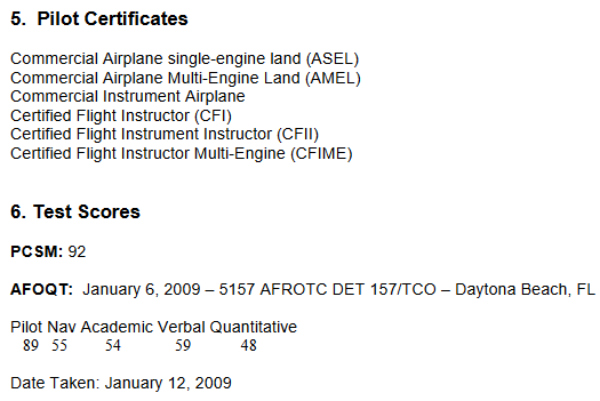
It’s vital to make sure you have everything in the packet that is required and that it is free of any typos or errors.
Make sure you get started on the ANG pilot training packet as soon as possible because the application process is time-consuming.
There is nothing that makes you look more unprepared than submitting an incomplete packet.
Related Article – Air Force Bonus List: 6 Bonuses Available
Step 3: Find a Unit and Start Rushing / Applying
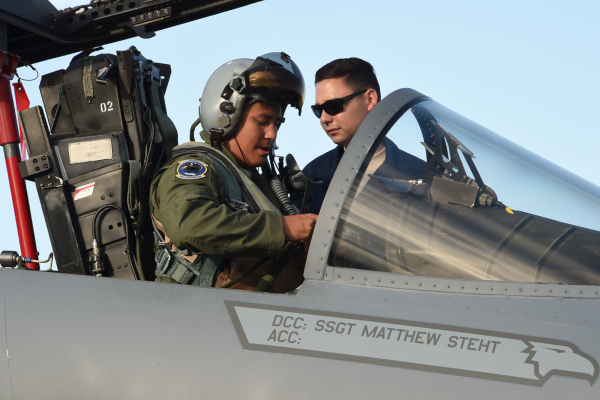
Applicants of the ANG pilot training program have a few options:
- Apply for U.S. Air Force active duty and go through OTS.
- Apply for the Air Force Reserves
- Commit to the Air National Guard
The route you decide to take depends on personal preference.
Regardless, it helps to already have a pilot’s license and logged hours to make yourself more competitive for selection.
In general, far more people apply for the pilot training program than are accepted for an interview.
The Air Guard reports that only about 10% of applicants receive an invitation to interview.
Then, from this small sample size, the unit may only select 1-2 applicants along with 1-2 alternates.
Related Article – Air Force Pilot Requirements: Standards for Age, Height, & Vision.
Moreover, some ANG units have more competition for pilot training because of the location or airframe.
Applicants may locate Air National Guard units in all 50 states along with a few places abroad.
The top way to find which ANG units have upcoming slots for pilot training is by searching for openings through desired units.
Individual Air National Guard Facebook pages also occasionally post new openings.
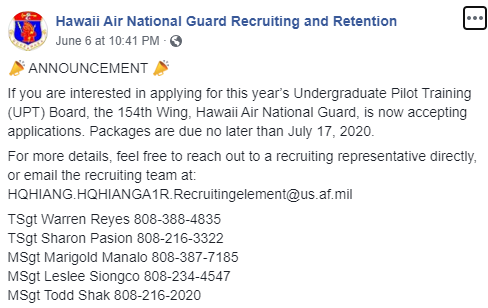
Additionally, those who have gone through the experience before recommend “rushing” the unit you wish to join.
Rushing a unit is comparable to rushing a fraternity in college.
It essentially means you spend quality time with other members of the unit, particularly during weekend drills.
However, not every ANG unit allows this type of participation with outsiders.
Nonetheless, thinking outside the box and remaining perseverant will go a long way in the selection process.
If you do get an opportunity to rush a unit, make sure you bring some snacks or booze as a gesture of goodwill.
The important thing here is to increase face time with individuals who are already members of the unit to help yourself stand out.
Related Article – Air Force PT Test Standards
Step 4: Applying to Units
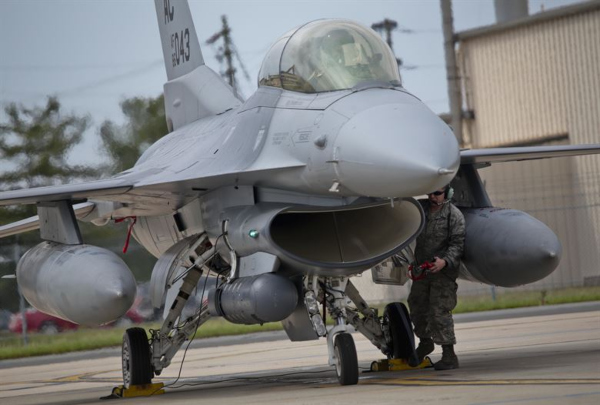
Once you confirm that your application packet is complete, free of typos, and informative, it’s time to submit it to units.
Once again, check with the individual unit you wish to join to make sure you submit the packet during their open window for new candidates.
The cover letter and resume are important because they showcase your experience and qualifications.
Nonetheless, your history and experience around aircraft help you stand out more than anything.
The same is true of having the highest possible scores you can achieve on the AFOQT, TBAS, and PCSM.
After you submit the application, it doesn’t hurt to send a brief follow-up and thank you via email just to confirm the unit received your packet.
However, make sure you do not pester or annoy the unit with your cold calls.
If you are selected for an interview, you’ll hear back from the unit once they review all the applications.
Becoming an Air National Guard pilot is extremely competitive and takes time, patience, and perseverance.
In most circumstances, applicants pursue a unit that is near their residence.
Related Article – Navy Pilot vs. Air Force Pilot: 5 Main Differences Between Each
Step 5: Prep for the Interview
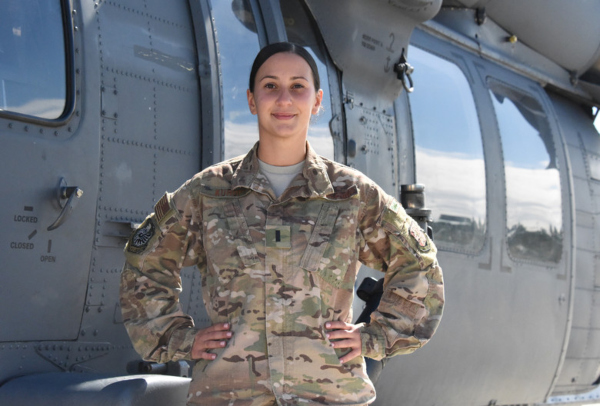
Congratulations, you are only about 1 in 10 applicants who have been selected for an interview with the Air National Guard UPT program.
You should take a moment to reward yourself but don’t get too cocky. You still have a long way to go.
Keep in mind that most Air National Guard units only accept 1-2 applicants each year for pilot training.
Therefore, you need to excel in the interview to keep your hopes alive of becoming an ANG pilot.
It’s natural to feel nervous and excited about your interview as you obviously want to perform well.
Thankfully, your qualifications and experience already speak for themselves, which is why you got selected for an interview.
Nonetheless, with only one or two slots available, you still need to prepare for the interview to give yourself the best odds.
In general, the same interview skills you exercise for a job translate to the interview for pilot training.
You’ll want to dress professionally (we recommend a suit) to leave a strong first impression.
Do not show up late to the meeting and make sure you leave that morning in plenty of time to allow for any unforeseen delays (road construction, accidents, etc.).
Make sure you are polite and cordial with the interviewers at all times.
If you don’t immediately know the answer to a question, an old trick is to ask them to repeat the question to buy yourself a few more seconds to prepare a reasonable answer.
Regardless, you are going up against a lot of very qualified candidates, so try not to beat yourself up if you fail to receive a coveted spot in the program.
Related Article: Air Force Height And Weight Requirements
Additional Socialization Opportunities
The good news is that interview candidates traditionally get a notice about a month before the meeting.
It provides plenty of time to prepare for questions and respond with excellent answers.
Confidence, not arrogance, is vital to show you have what it takes to succeed as an ANG pilot.
The most important thing is not to talk yourself out of the interview, so being yourself is important.
The formal interview with an Air Guard unit is relatively short and usually lasts between 20-40 minutes.
However, several units also offer “optional” parties before or after the interview.
While you might not be a fan of these types of social events, make sure you treat them as mandatory engagements as often the real interview takes place at these kinds of events.
The Guard is a fraternity just like any other unit of the military, so proving that you’ll fit in with the current members is a huge bonus.
The good news is that you can be more yourself at this type of event, which should allow your finer characteristics to really shine.
As a result, you should have fun and loosen up as this is an opportunity for other members to get to know the real you.
After you leave the engagement, expect to hear back from someone at the unit within a month.
Related Article: Air Force Ranks And Pay
Conclusion
The Air National Guard is a separate component of the U.S. Air Force.
Air Guard members serve the country part-time in multiple facets.
They may support the Air Force for federal operations or provide militia support for state governments.
Becoming an Air National Guard Pilot is a tremendous opportunity yet difficult to acquire because of the lack of spots.
In general, most Air Guard units only accept 1-2 applicants each year for its pilot training program.
Following these 5 steps will help you prepare for the application and interview process.
It’s a good idea to rush a unit to socialize with existing members and make your name stand out from the rest.
- Replacing Dog Tags: 6 Things You Need to Know - June 28, 2024
- Navy OAR Test Study Guide - June 24, 2024
- 10 Best Sniper Movies of all Time - June 20, 2024
Originally posted on June 23, 2020 @ 3:52 pm
Affiliate Disclosure: This post may contain affiliate links. If you click and purchase, I may receive a small commission at no extra cost to you. I only recommend products I have personally vetted. Learn more.
